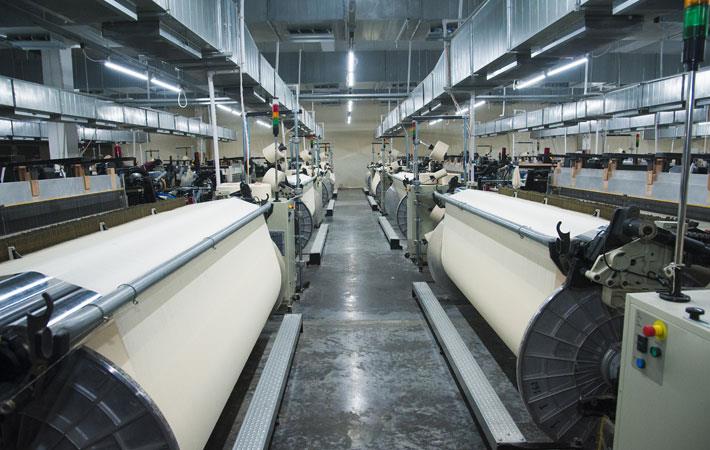WWF has established water stewardship projects in several countries, including India, China, Vietnam and Turkey, with the support of international brands and local partners.
The initiative on water stewardship in the textile sector has been on since 2011. The aim is to improve freshwater ecosystems and water governance in key basins for healthy living.
WWF’s work in India’s Noyyal-Bhavani basin was launched in 2018. The Noyyal and Bhavani sub-basins are critical for the water security of the region and home to unique wildlife. As the rivers continue downstream, they plan important role in the agricultural and industrial economy of the region.
The textile and garment industries have long been a crucial sector to the economy and a major factor in the livelihoods of people in the basin. The textile industry clusters are predominantly located in the middle Noyyal region, in the cities of Coimbatore and Tiruppur. According to recent data, approximately 29,000 units are involved in various stages of textile production in the middle Noyyal region.
The water stewardship project in the Noyyal Bhavani Basin aims to address shared basin challenges and make a strong foundation for science-based actions, help in inform policy making and clear key performance indicators, to measure the impact on the landscape.
In case of China, the textile sector is key to the country’s economy with a total economic volume of about US$1 trillion. China’s textile exports comprise 25 per cent of the country’s total exports and are valued at US$29 billion. Today, the country’s textile industry withdraws over 3 trillion litres of water, accounting for 8 per cent of the total industrial water withdrawal and making textiles the fourth largest industrial water user.
Operating since 2011, this project was the first Water Stewardship project implemented by WWF. The Taihu Basin is home to a significant portion of China’s manufacturing, including 37 per cent of textile production, and it comprises more than 50 national and provincial level industrial parks, 14 Fortune 500 companies, and hundreds of international and domestic brands with nearly 10,000 textile printing and dyeing facilities.
This project aims to improve the conditions of the river basin by transforming the industrial sector. While initial efforts have focused on the textile sector, the project’s vision is broader and will expand to include additional sectors.
The textile and leather industries are among the main sectors in Turkey’s Büyük Menderes basin, especially in the upper basin near Denizli and Usak. Agriculture (including cotton production) is comparatively dominant in Aydin, which is located further downstream.
The project’s vision according to WWF is: “Through the implementation of water stewardship, this programme aims to serve as a model in the conservation and sustainable use of water resources apt to be scaled up to other basins in Turkey”.
In Vietnam, the project covers two interconnected areas, the Mekong and Dong Nai deltas. The region, where 62 per cent of textile and apparel factories are located, contributes to more than 60 per cent of the country’s GDP.
The Mekong Delta’s main challenges are upstream hydropower dam development, sand mining, and overexploitation of groundwater. These activities are causing the delta to sink and shrink through land subsidence and erosion.
The project’s vision is to transform the textile sector in Vietnam to bring social, economic and conservation benefits to the country and the entire Mekong region. This vision will be achieved by making textile businesses more active participants in Mekong River resource planning and management, sustainable energy planning and creating an opportunity for these businesses to discuss collective action to achieve sustainable investment and development in the textile sector.
The creation of such dialogue platforms is expected to improve overall governance, helping to solve specific challenges of the basin.
Published On : 02-09-2019
Source : Fibre 2 Fashion

